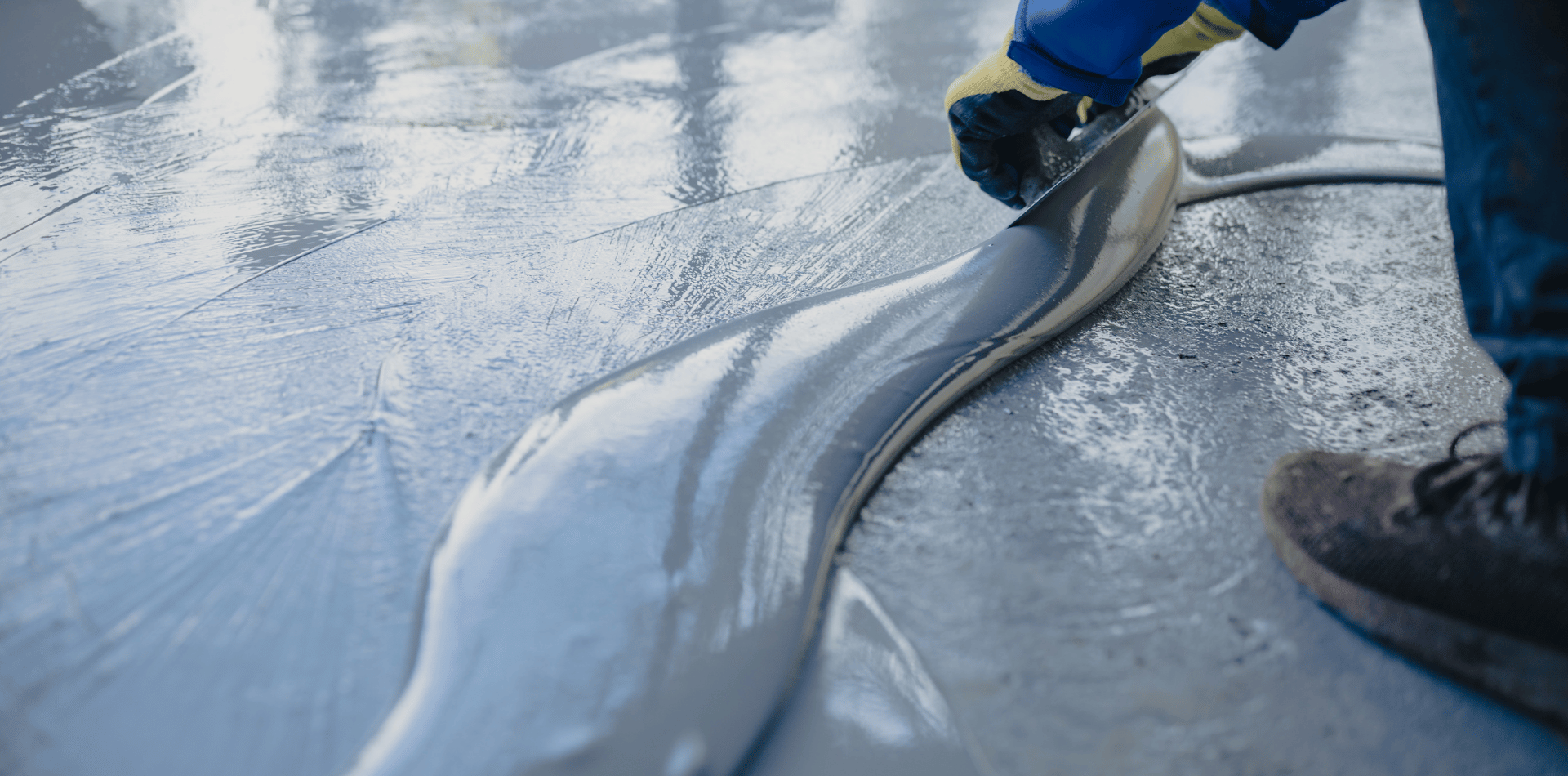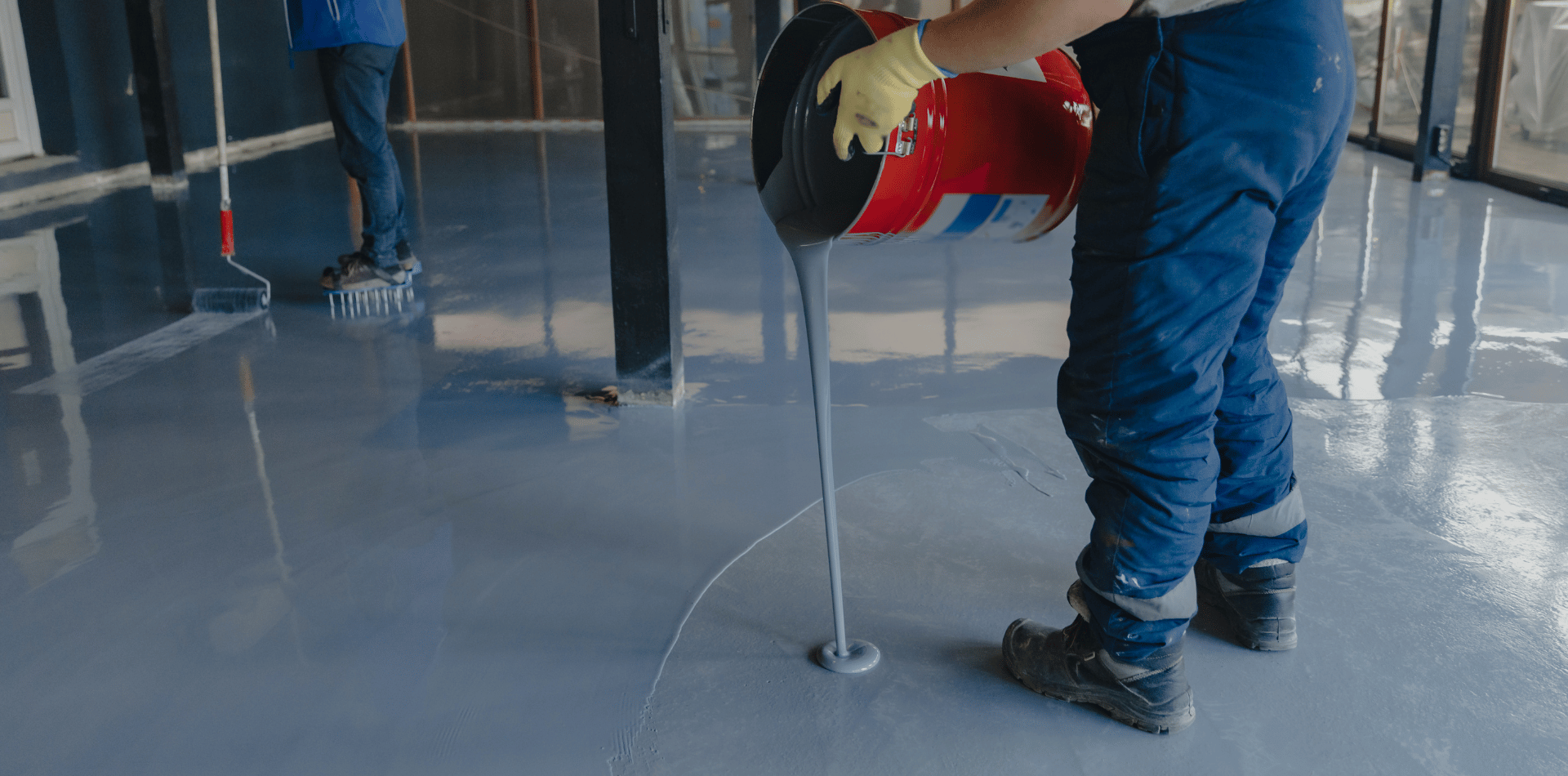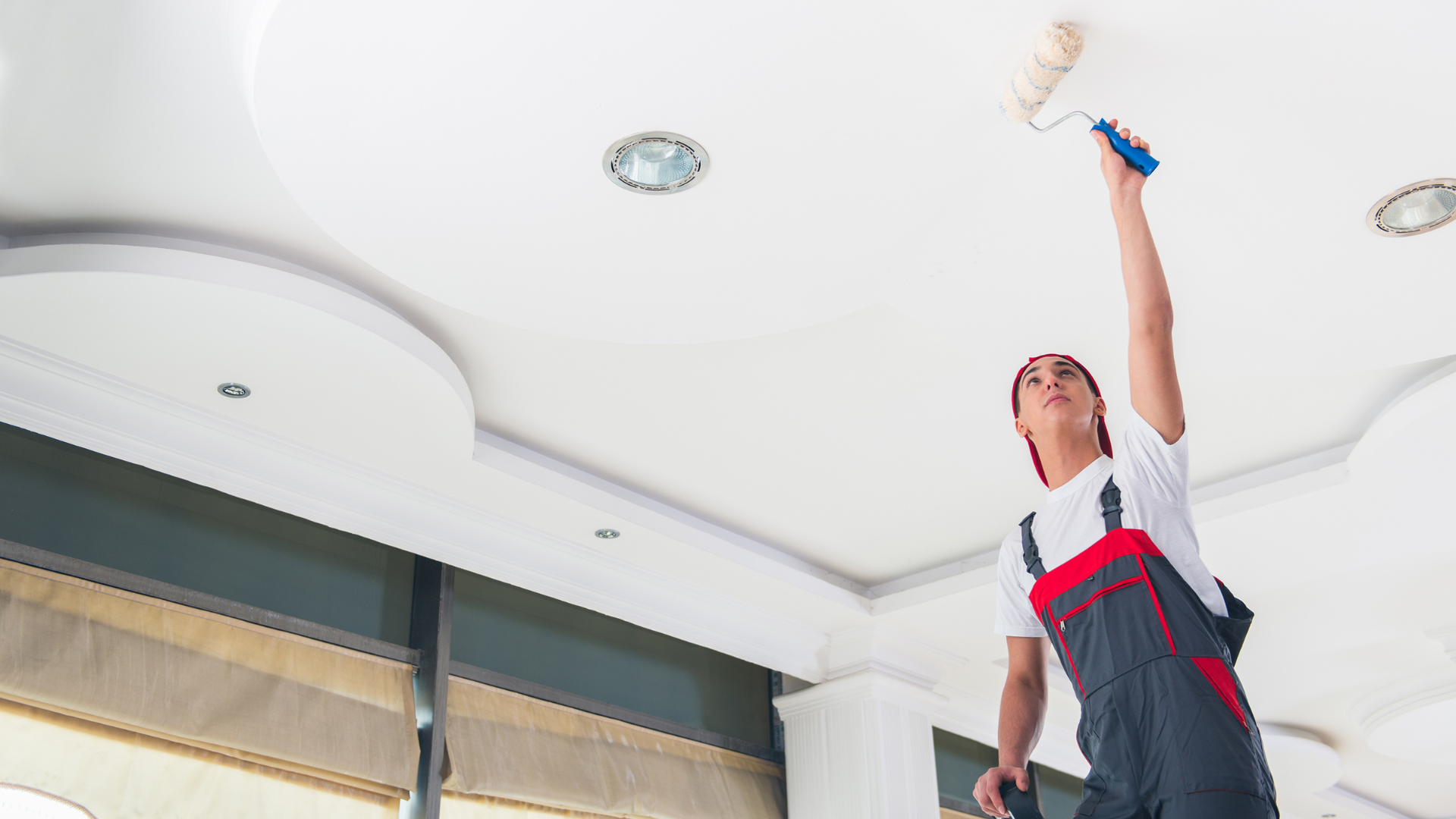The Ultimate Guide to Epoxy Flooring:
What You Need to Know Before Installation

Epoxy flooring has emerged as a popular choice for both residential and industrial applications, but what really goes into this durable and versatile option?
Understanding the intricacies of epoxy flooring is essential for anyone considering it as a flooring solution.
In this comprehensive guide, we will cover everything you need to know, from what epoxy flooring is to tips for post-installation care.
What is Epoxy Flooring?
To fully appreciate the merits of epoxy flooring, it's crucial to understand what it actually is.
Epoxy is a material formed by mixing a resin with a hardener.
The chemical bonding between these two components creates a rigid material that is highly resistant to wear and tear, making it a suitable option for flooring.
Types of Epoxy Flooring
Not all epoxy floors are created equal—there are several types to choose from.
Understanding the different types can help you make an informed decision.
- Self-Leveling: Ideal for areas that need a smooth and seamless surface.
- Quartz-Filled: Offers extra durability and is generally used in areas with heavy foot traffic.
- Epoxy Flake Floors: Contains coloured flakes for an aesthetic appeal.
- Anti-Static Epoxy Floors: Used in environments where static is undesirable, such as hospitals or electronics manufacturing plants.
Why Choose Epoxy Flooring?
Now that you understand what epoxy flooring is, let’s delve into why it has become such a popular choice.
Epoxy flooring offers several distinct advantages:
- Durability: It withstands heavy foot and machinery traffic.
- Versatility: Suitable for various environments from homes to industrial sites.
- Aesthetic Appeal: Comes in multiple colours and styles.
- Easy Maintenance: Cleaning and upkeep are generally simple.

Where is Epoxy Flooring Most Commonly Used?
The versatility of epoxy flooring means it can be found in a variety of settings.
You'll commonly see it in industrial facilities due to its resilience, but recently it’s also making its way into residential garages, retail spaces, and healthcare facilities.
Pros and Cons in Different Settings
Although versatile, epoxy flooring has its best-fit scenarios.
- Industrial:
- Pros: Resistant to chemical spills, improves worker safety.
- Cons: Can be slippery when wet, may require regular re-coating.
- Residential:
- Pros: Enhances the aesthetic appeal, easy to clean.
- Cons: Can be expensive, surface prep can be labour-intensive.
- Healthcare:
- Pros: Easy to sterilise, reduces the accumulation of harmful microbes.
- Cons: May require specialised types for specific healthcare settings.
Cost Considerations
While epoxy flooring offers numerous benefits, it's important to consider the financial investment involved.
Installation costs can vary widely depending on the type of epoxy used and the condition of the existing floor.
Maintenance is generally low-cost, but some types may require periodic re-coating.
However, the long-term return on investment is often positive due to its durability and low maintenance requirements.

Pre-Installation Checklist
Before you take the plunge, there are several important factors to consider to ensure a successful installation.
Assess the condition of the existing floor—any cracks or unevenness will need to be addressed. Additionally, keep in mind that temperature and humidity can affect the curing process.
Hiring Professionals vs DIY
One major decision you'll face is whether to hire professionals for installation or to tackle it yourself.
- Pros of Professional Installation: High-quality work, faster completion.
- Cons of Professional Installation: Higher costs.
- Pros of DIY: Cost-saving, personal satisfaction.
- Cons of DIY: Time-consuming, risk of errors.
Installation Process
If you're prepared to proceed, understanding the basic steps of the installation process can be extremely beneficial.
Here’s what a typical process involves:
- Surface Preparation: Remove any existing coatings and repair imperfections.
- Mixing and Application: Mix the epoxy resin and hardener, then apply using rollers or brushes.
- Drying and Curing: Allow sufficient time for the epoxy to set and cure.
Post-Installation Care
Your new epoxy floor will only be as good as the care you put into maintaining it.
General upkeep involves regular sweeping and mopping.
For minor repairs, epoxy filling compounds can be used.
Making the Final Call: Is Epoxy Flooring Right For You?
Installing epoxy flooring is not just a design choice, but an investment in durability and efficiency.
It offers many benefits but requires an upfront investment of both time and money.
Understanding its pros and cons, costs, and maintenance can guide you in making an informed decision.
FAQ
Is epoxy flooring waterproof?
- Yes, epoxy flooring is highly resistant to water.
How long does epoxy flooring last?
- Depending on the type and quality, epoxy flooring can last anywhere from 5 to 20 years.
Is epoxy flooring scratch-resistant?
- While it is durable, it is not entirely scratch-proof.
Can epoxy floors be recoated?
- Yes, they can be recoated to maintain their appearance and durability.





